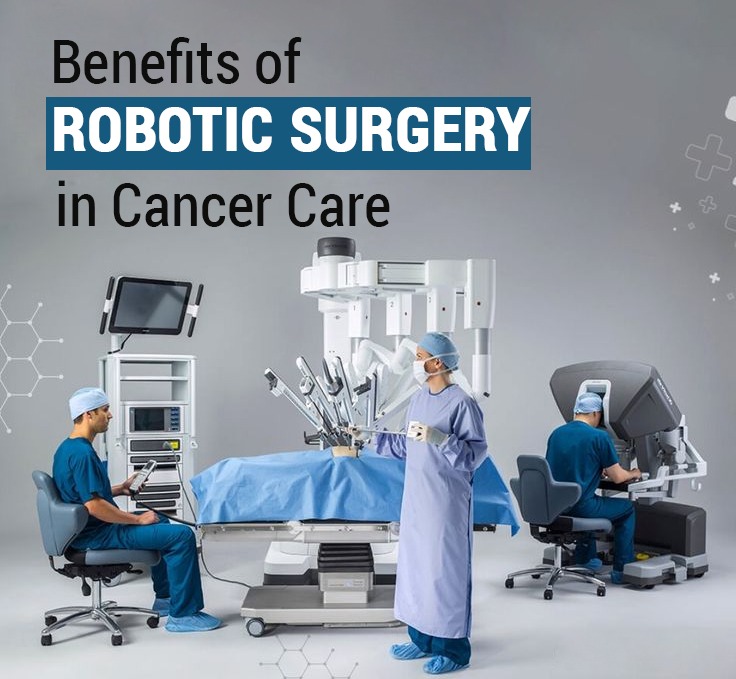
Benefits of Robotic Surgery in Cancer Care
In the evolving world of cancer treatment, robotic surgery has emerged as a game-changer. It combines the skill of a trained surgeon with the precision of advanced robotic technology, offering patients safer and more effective treatment options. Particularly in oncology, where accuracy can directly impact outcomes, robotic-assisted surgery is transforming the standard of care.
Let’s explore the key benefits of robotic surgery in cancer care and why it’s becoming the preferred choice for many surgical oncologists and patients.
1. Precision Like Never Before
Robotic systems, such as the da Vinci Surgical System, provide enhanced 3D high-definition visualization and highly precise instrument control. This allows the surgeon to perform delicate procedures with greater accuracy, which is crucial when removing tumors close to vital organs or nerves.
What this means for patients:
- Better tumor clearance
- Preservation of healthy tissues
- Fewer complications
2. Minimally Invasive Approach
Robotic surgery typically requires only a few small incisions instead of one large one. The robotic arms mimic the movement of the surgeon's hands with greater flexibility, allowing complex procedures to be performed with less trauma to the body.
Advantages include:
- Less blood loss
- Reduced pain after surgery
- Minimal scarring
- Lower risk of infection
3. Faster Recovery and Shorter Hospital Stay
Due to its minimally invasive nature, patients who undergo robotic surgery often recover faster and spend less time in the hospital compared to those who have traditional open surgery.
Benefits:
- Quicker return to daily activities
- Lower post-operative care costs
- Improved quality of life
4. Enhanced Surgical Outcomes in Cancer Treatment
In cancers such as prostate, colorectal, gynecological, head and neck, and kidney cancers, robotic surgery has been shown to improve outcomes by enabling more precise tumor excision while preserving organ function.
This leads to:
- Higher rates of cancer-free survival
- Reduced risk of damage to surrounding organs
- Improved functional outcomes (e.g., urinary or sexual function in prostate cancer)
5. Surgeon Comfort and Control
Robotic platforms provide a highly ergonomic setup for surgeons, minimizing fatigue and enhancing precision throughout long and complex procedures. The system filters out hand tremors, enabling controlled and steady movements.
6. Suitable for Complex and High-Risk Cases
Robotic surgery is especially beneficial for obese patients, elderly patients, or those with comorbidities, where open surgery may carry higher risks. It provides the surgeon with better maneuverability and visualization, even in difficult anatomical areas.
Robotic surgery is not just a technological advancement—it is a life-changing innovation in cancer care. By combining the best of human expertise with robotic precision, it offers a new level of safety, accuracy, and recovery for cancer patients.
